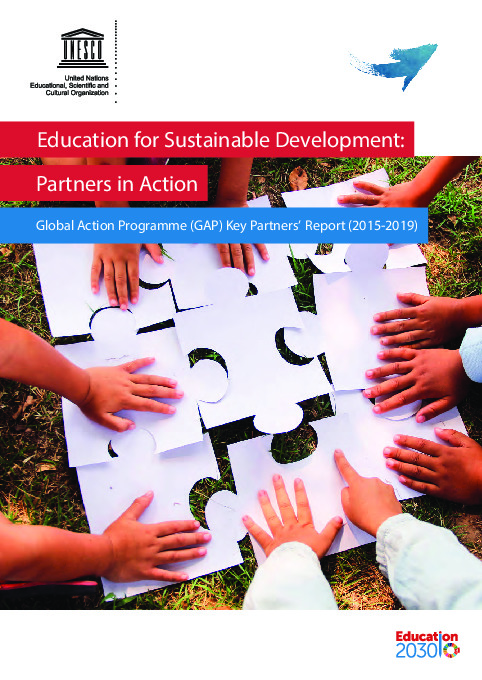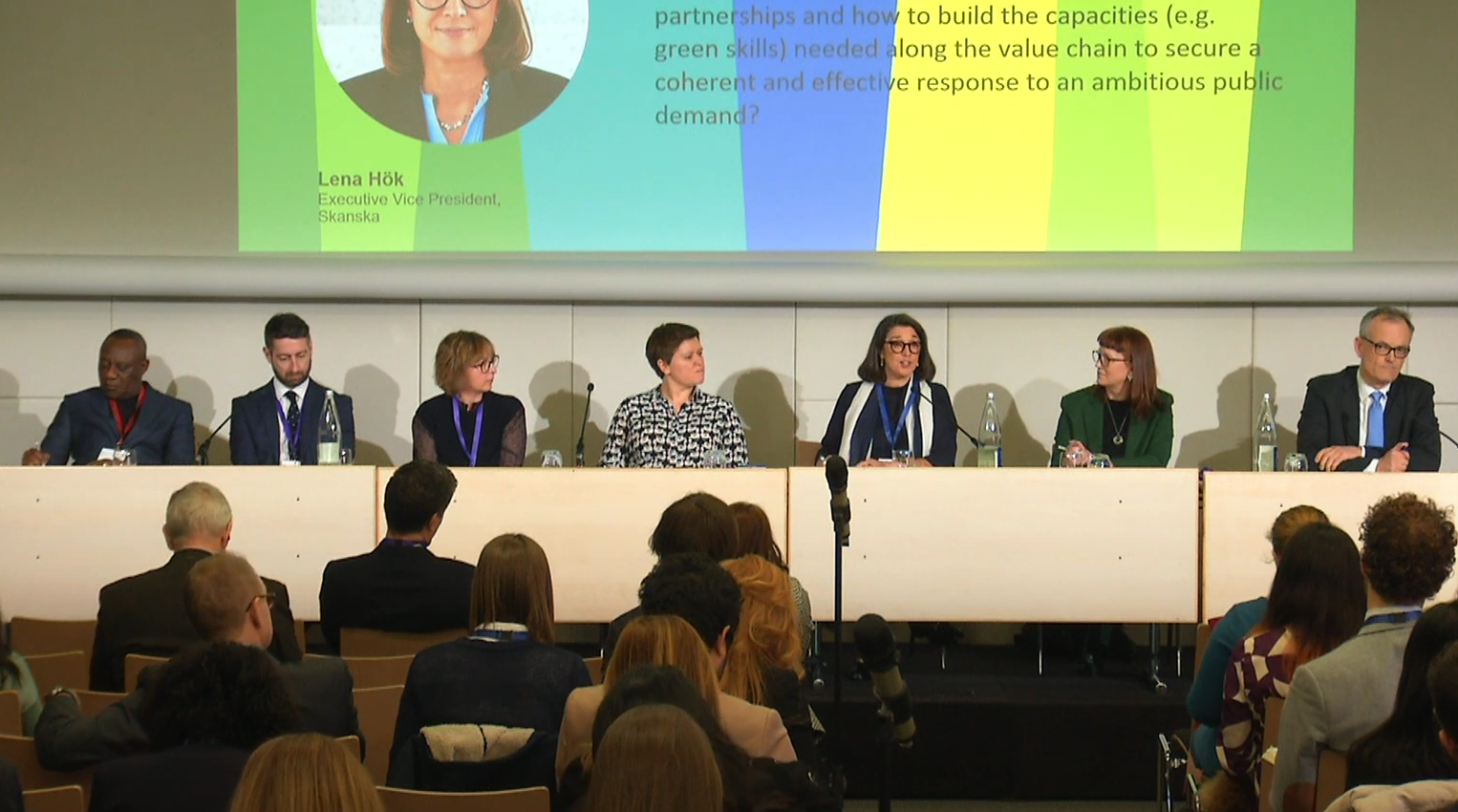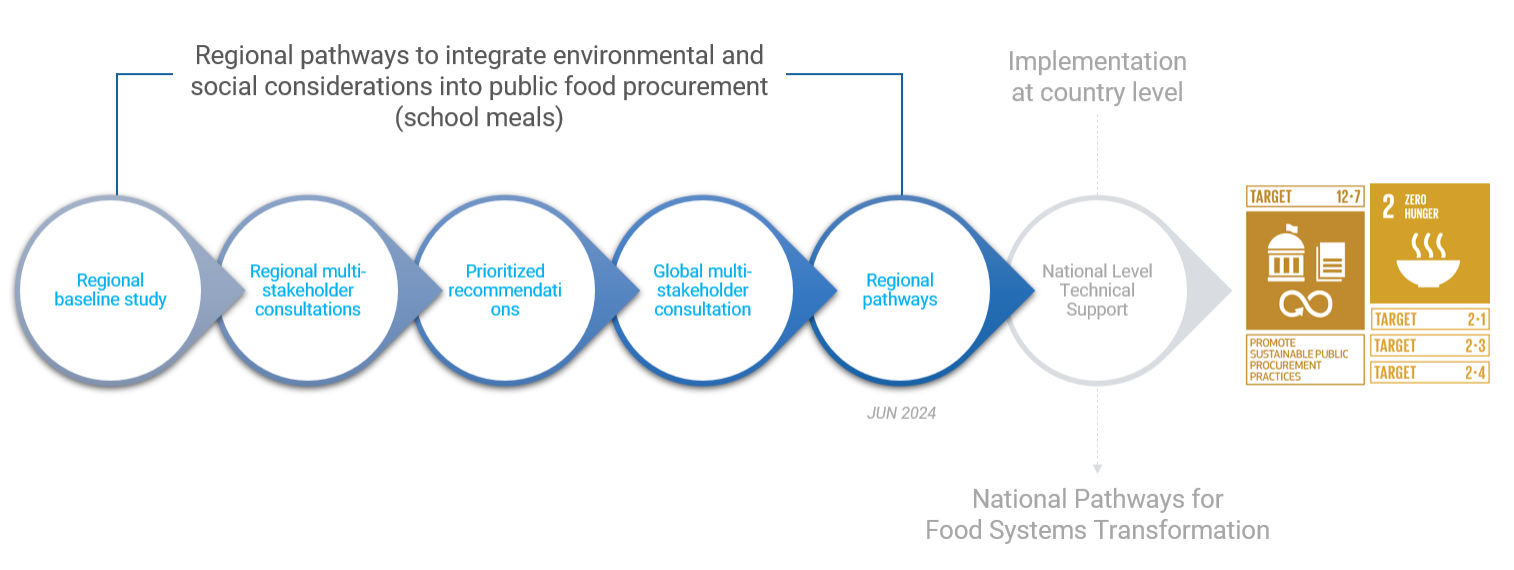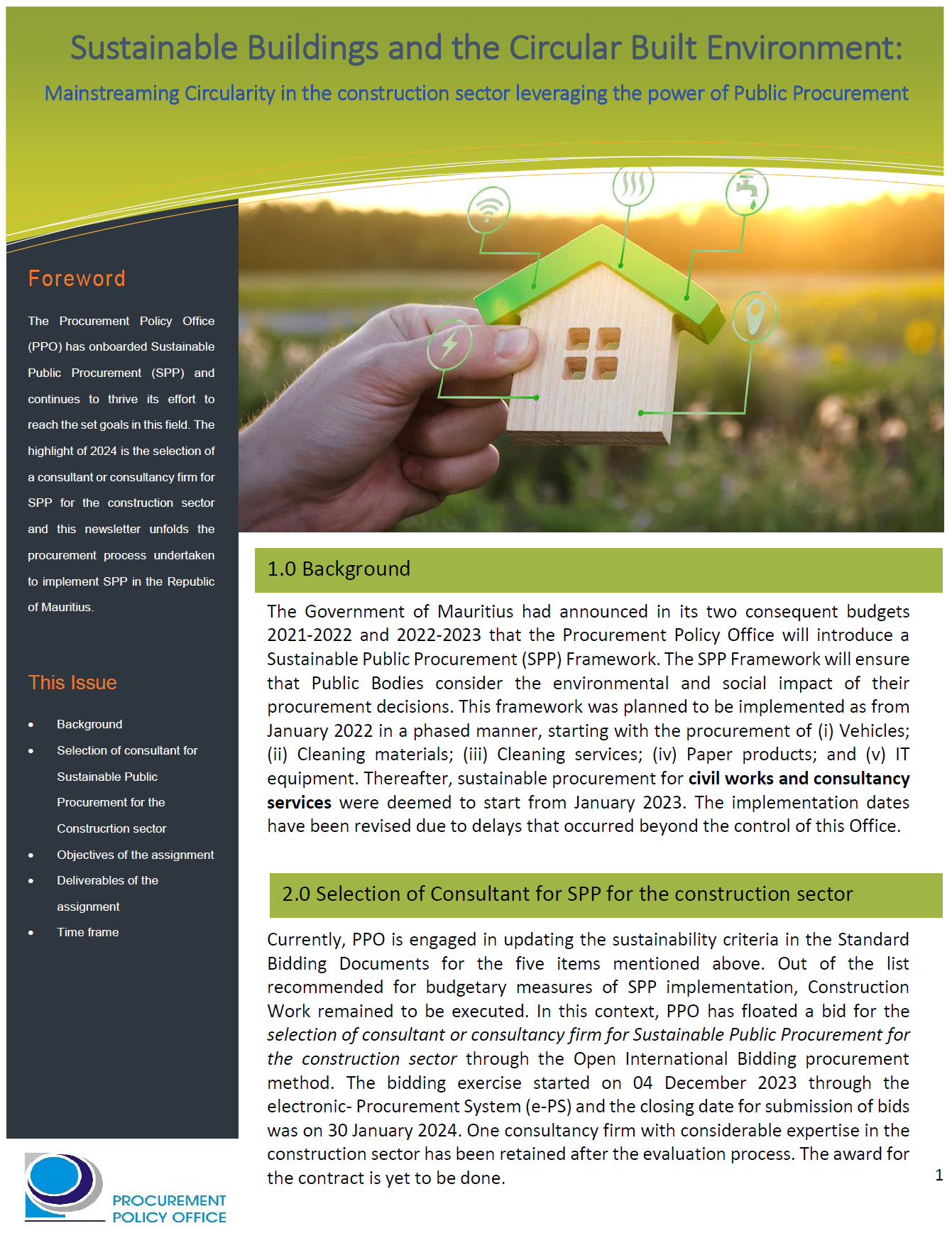Global Action Programme on ESD progress for the 2015-2018 period
The Global Action Programme (GAP) on ESD, the follow- up programme to the Decade of ESD (2005-2014), seeks to generate and scale-up ESD and to accelerate progress towards sustainable development. The GAP aims to contribute substantially to the 2030 agenda, through two objectives: - Reorienting education and learning so that everyone has the opportunity to acquire the knowledge, skills, values and attitudes that empower them to contribute to a sustainable future. - Strengthening education and learning in all agendas, programmes and activities that promote sustainable development. To enable strategic focus and foster stakeholder commitment, the Global Action Programme (GAP) on ESD has identified five priority action areas to advance the ESD agenda: Advancing policy; Transforming learning and training environments; Building capacities of educators and trainers; Empowering and mobilizing youth; and Accelerating sustainable solutions at local level. Education for Sustainable Development (ESD) is recognized as a key element of quality education and a crucial enabler for sustainable development. The Sustainable Development Goals (SDGs) adopted by the global community recognize the important of education in achieving their targets by 2030. Target 4.7 of SDG 4 on education specifically addresses ESD and related approaches.
Established by UNESCO, Partner Networks drive implementation of the GAP, to serve as a global community of practice. They are divided into five groups, one for each Priority Action Area. The Networks intensify synergies between the members involved in GAP activities, the Key Partners and catalyze further action from other ESD stakeholders. Each GAP Key Partner is committed to meet specific targets between 2015 and 2019. For each Priority Action Area, GAP Key Partners report against two complementary indicators that capture the nature and objectives of the activities undertaken. Since the 2017 GAP Mid-Term Progress Report, Key Partners have continued to make good progress, in most cases exceeding their 2019 targets. Building on the solid foundation laid by the UN Decade of Education for Sustainable Development, GAP key partners, who are active in two-thirds of countries, are using the implementation structures put in place by UNESCO to continue to scaling up ESD globally. The network of 97 GAP Key Partners has served as a forum for peer exchange and support to make this possible. Through this network, it is notably estimated that 26 million learners in formal and non-formal settings have been exposed to ESD curricula and special projects designed to instill knowledge and inspire action in their communities. Furthermore, partners have reported that they have supported the training of two million educators on ESD and adapted material and resources to meet their needs. • Advancing policy: From early 2015 until the end of 2018, GAP Partners have supported the development of 959 strategic ESD policy documents and of 1,486 programmes, providing technical support for policy development, implemented at country level in 147 countries. • Transforming learning and training environments: GAP Partners supported 151,588 schools and involved 26,315,288 learners in ESD activities between early 2015 and the end of 2018. • Building capacities of educators and trainers: Capacity-building activities of GAP Partners were provided to 48,462 teacher-training institutions and 2,049,479 teacher educators from 2015 to 2018. • Empowering and mobilizing youth: GAP Partners have collectively supported 3,441,952 youth leaders, and trained 762,958 youth leaders as trainers over the same period. • Accelerating sustainable solutions at the local level: GAP Partners have supported local authorities to establish 2,390 ESD activities/programmes and 5,685 networks/civil society organizations to conduct ESD activities in 2015 to 2018. Many of the themes emerging from responses to the 2018 GAP Key Partner survey echo those of earlier reports. A broad range of stakeholders are coming together to advance a shared vision of sustainable development and the critical role of education in the implementation of the SDGs. Partner Networks continue to serve as a forum for peer exchange and support. Engaging youth as agents of change remains a major priority in every action area. The earlier efforts of Key Partners to mobilize networks around Priority Action Areas have led to new initiatives and synergies. ESD-informed policies and frameworks, along with a greater global awareness of the importance of sustainable development, have helped propel partner efforts.



